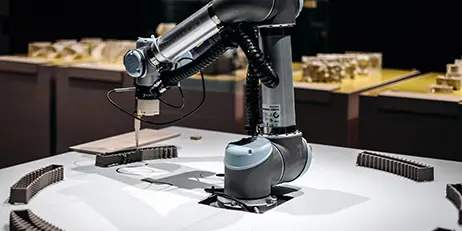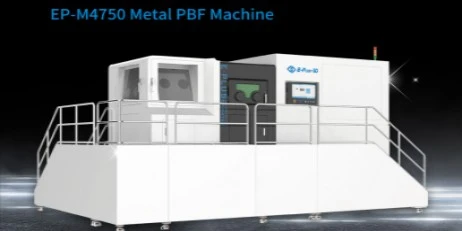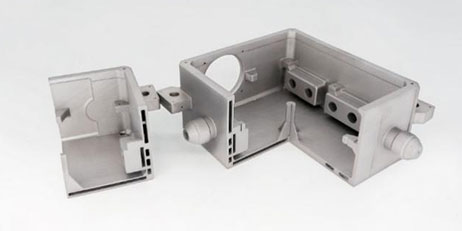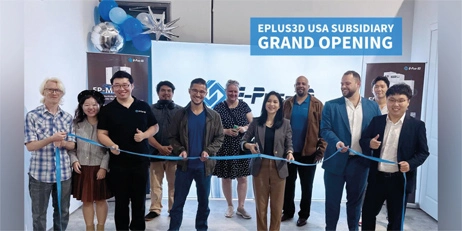Additive Manufacturing, also known as 3D printing, is rapidly gaining traction in a number of industries, including the automotive sector. This innovative technology offers a wide range of benefits to automotive manufacturers, from cost savings and increased efficiency to improved product design and functionality. In this article, we will explore the various applications of additive manufacturing in the automotive industry and the benefits that it brings.
One of the key applications of additive manufacturing in the automotive industry is in the production of prototype parts. Traditional prototyping methods can be time-consuming and expensive, requiring a significant amount of manual labor and specialized machinery. With 3D printing, however, prototyping can be done much faster and at a fraction of the cost. This allows automotive manufacturers to quickly test and iterate on new designs, resulting in improved products and faster time-to-market.
Another important application of additive manufacturing in the automotive industry is in the production of low-volume parts. Conventional manufacturing processes, such as injection molding, often have high setup costs that make producing small quantities of parts uneconomical. With 3D printing, however, it is possible to produce low-volume parts at a much lower cost, making it an ideal solution for the production of niche or customized parts.
Additive manufacturing can also be used to produce lightweight components for vehicles, which can lead to improved fuel efficiency and reduced emissions. The ability to create complex geometries with 3D printing allows designers to create parts that are lighter yet still strong and durable, which can result in a significant reduction in weight and improved performance.
The automotive industry is also using 3D printing to create tooling and jigs, which are used to manufacture parts and assemble vehicles. This technology allows manufacturers to quickly produce high-quality tooling and jigs at a fraction of the cost and time of traditional manufacturing methods, resulting in improved production efficiency and reduced lead times.
Additive manufacturing is being used in the automotive industry to produce custom and aftermarket parts, such as body kits and performance upgrades. With 3D printing, manufacturers can quickly produce these parts on-demand, eliminating the need for large amounts of inventory and reducing the time required to get these parts to market.
Additive manufacturing has the potential to revolutionize the automotive industry, offering a range of benefits to manufacturers, including cost savings, increased efficiency, improved product design and functionality, and faster time-to-market. As 3D printing technology continues to evolve, it is likely that we will see even more applications of this innovative technology in the automotive sector, further transforming the way vehicles are designed, manufactured, and sold.























